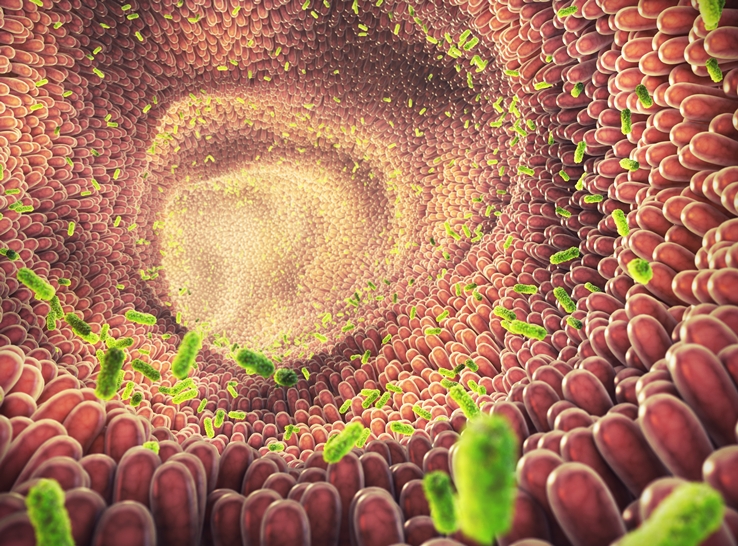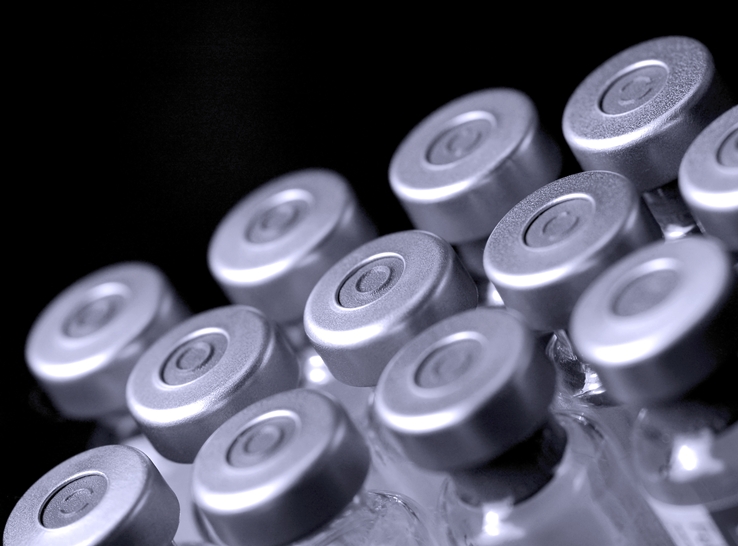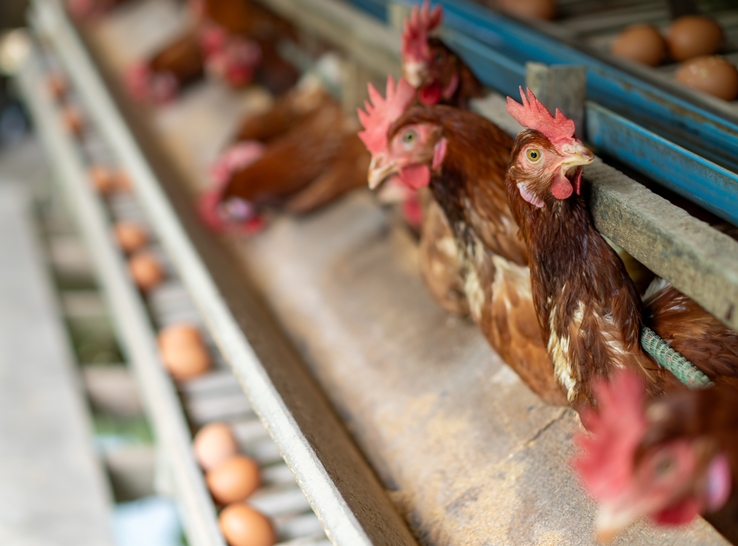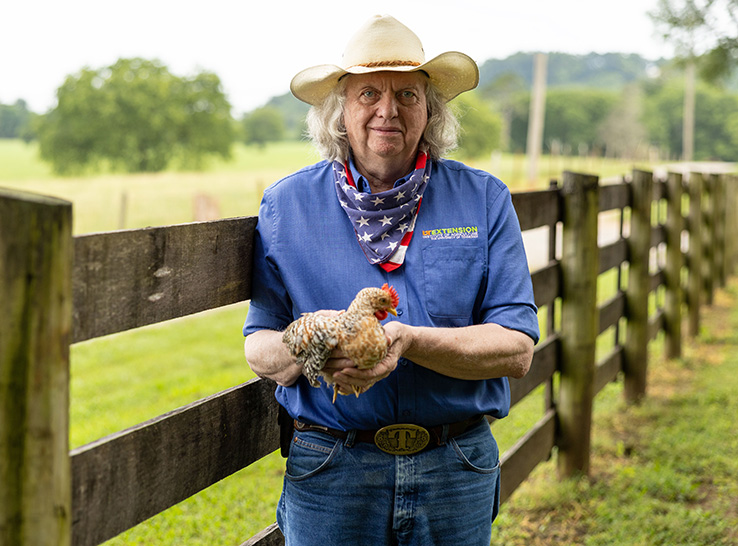Modern Poultry’s new ‘Abstracts & Posters’ section highlights industry research
Abstracts & Posters, a new editorial section on Modern Poultry featuring research presented by industry scientists at major poultry conferences, is now available to readers.













